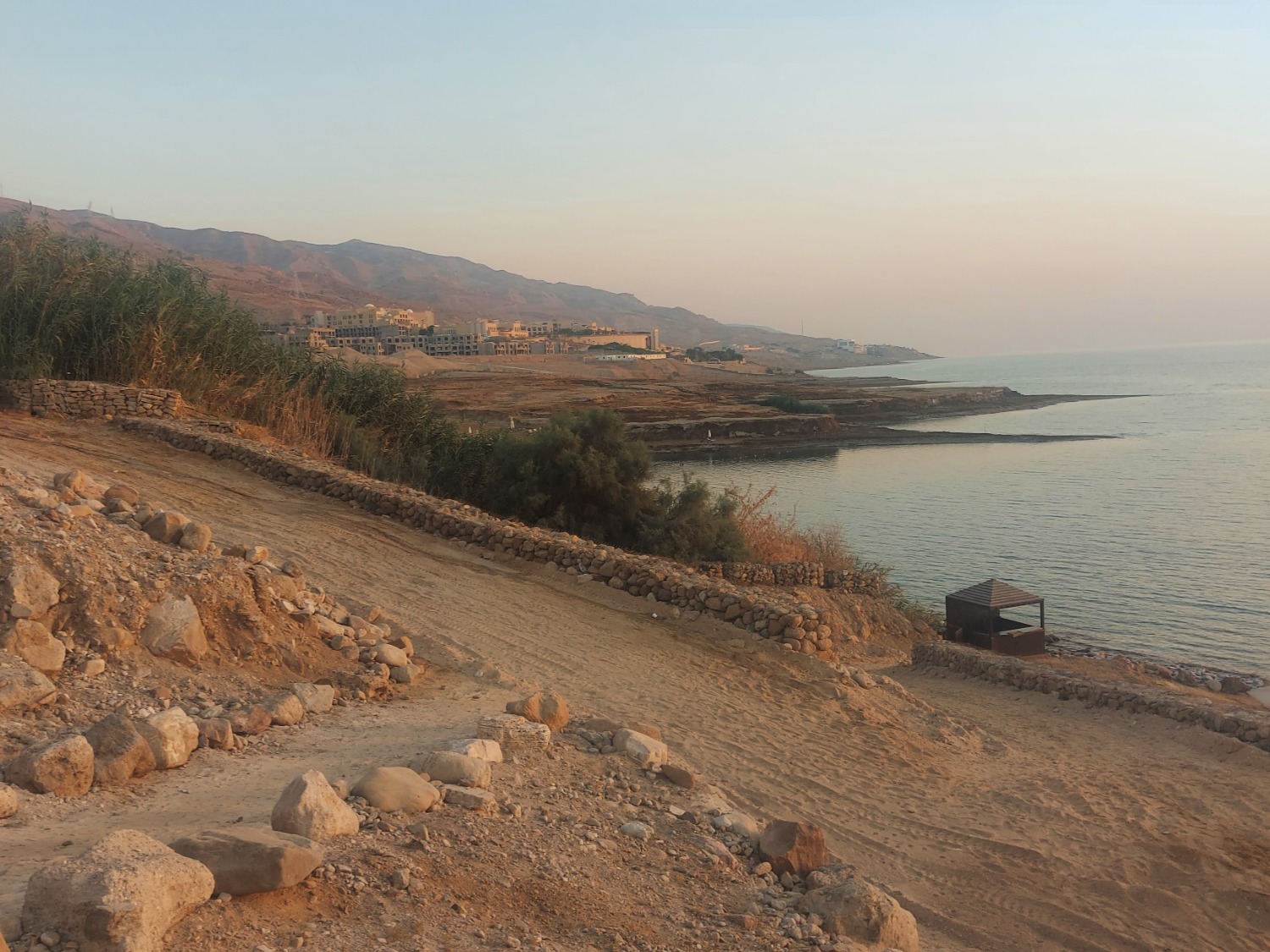Seawater desalination, an expensive and energy-demanding process, used to be regarded as a “last resort” solution for very dry regions with sufficient capital available for investment and operation of this kind of plants. Drawbacks of traditionally conceived desalination include high greenhouse gas emissions (if fossil fuels are used for the energy used in the process) and the ecological impacts of the disposal in marine waters of the resulting brine.
Yet, increasing water demand associated to economic development and population growth pushes towards abstracting freshwater resources in less and less sustainable ways, including deep groundwater pumping and the development of large dam reservoirs, also entailing significant climate and ecological impacts. At the same time, technological developments in treatment processes and renewable energies indicate possibilities to make desalination increasingly sustainable.
The vision of sustainable mega-scale desalination (i.e. meeting the demand of several millions of persons) is a system of production of drinking water (1) using as little energy as possible, and 100% renewable; (2) with minimum production of waste; and (3) with maximum positive outfalls of the water made available.
Thanks to energy recovery devices and improved performance of membranes, seawater desalination through reverse osmosis (RO) may require 2-4 kWh per m3 of water produced. In principle, all this energy could come from renewable energy sources (RES). However, the intermittency of RES may require energy storage in batteries and/or water reservoirs. With RO, each m3 of freshwater produces about 1 m3 of brine. This has a residual content of energy (in principle recoverable e.g. through forward osmosis) and a relatively high concentration of minerals (including e.g. Lithium in the order of 0.2 ppm) needed in several industrial processes. Recovering resources from brine could in principle reduce the volume of waste brine to be disposed to the marine environment to zero. Desalinated water may be supplied to cities and human activities, keeping in mind the requirements for different activities the and necessary process steps to guarantee a safe use of the desalinated water.
but its quality may not be appropriate for all uses. In particular, its mineral content may not be sufficient for the dietary requirements of humans, and may require integration. Wastewater from desalinated urban waters may be used for agricultural irrigation after appropriate treatment, but its quality may not be tolerated by agricultural soils (e.g. due to high Boron content), requiring additional finishing.
Implementing renewable energy desalination with full resource recovery entails significant challenges of technical, financial and organizational nature. However, if these are addressed, desalination may enable access to plentiful water in otherwise uninhabitable regions. The massive investments required may turn into a flywheel for employment and may stimulate the invention of innovative solutions. Moreover, a wise use of water may enable a significant expansion of agriculture, with additional employment and growth opportunities; and the recovery of minerals may relief pressure on critical raw material supplies. Mega-scale desalination plants may become pivotal to the development of circular economic districts and spearhead the implementation of innovative business models. With appropriate planning, design and financing, they may be suitable candidates for development projects, attracting investments (including international aid and other transfers).

